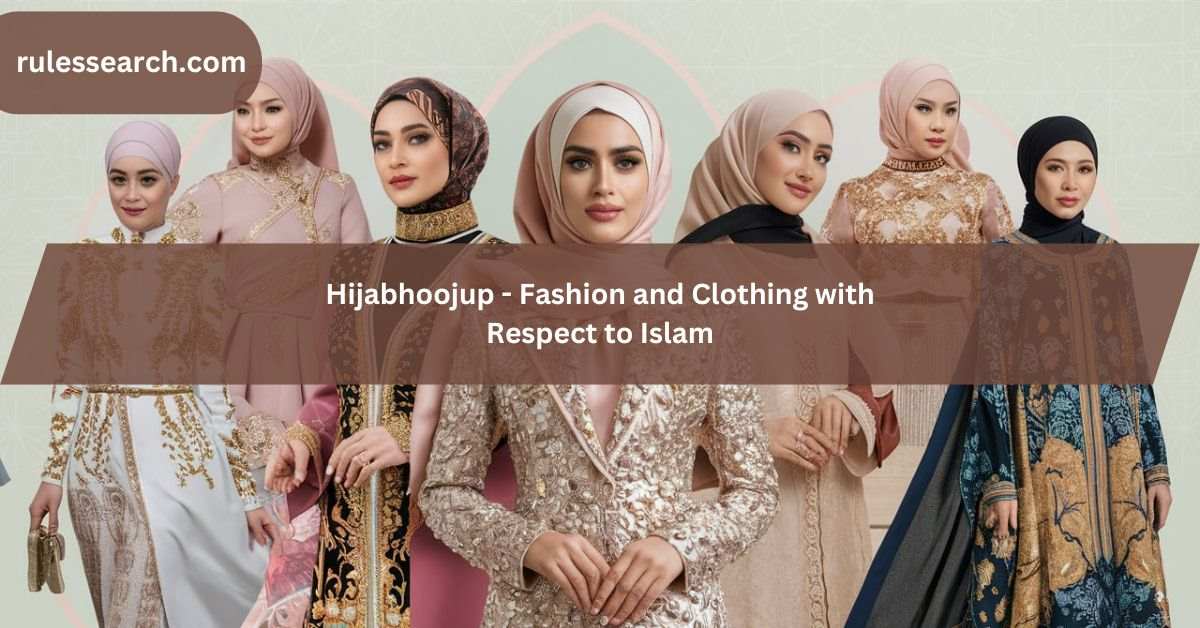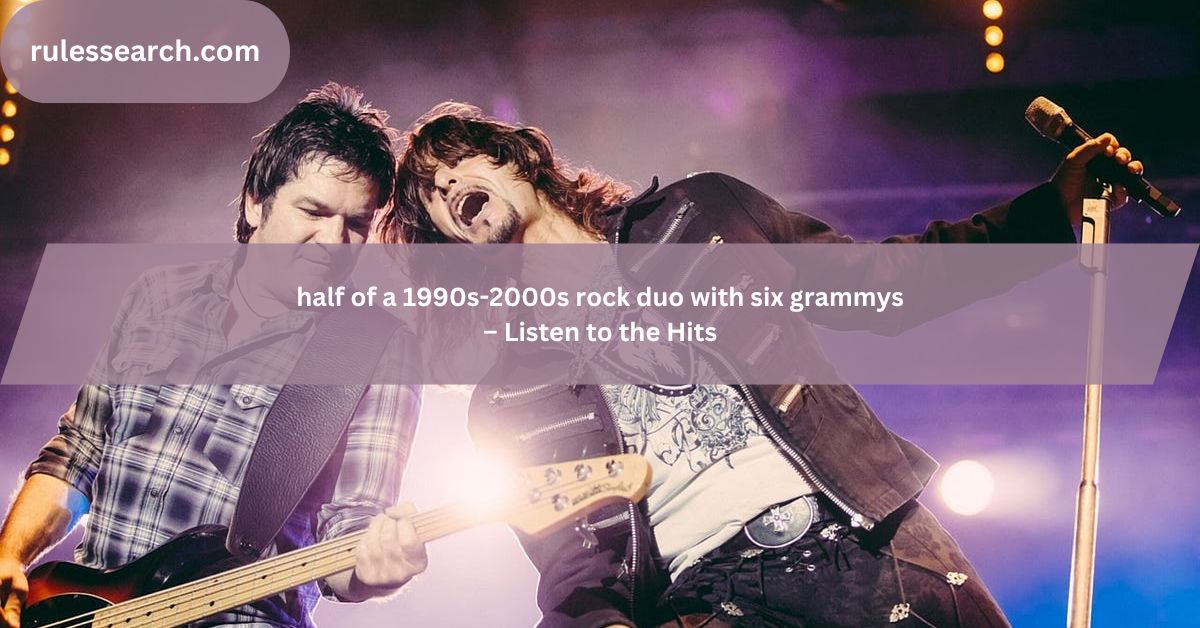Introduction to Hijabhoojup:
Hijabhoojup is a unique term that blends two words: “Hijab” and “Hoojup.” This fusion represents a fashion style that aligns with Islamic principles. Understanding the meanings and significance of both words helps to appreciate the cultural and religious importance of Hijabhoojup.
What is Hijab?
1. Definition of Hijab:
Hijab is an Arabic word that means “cover” or “barrier.” In the context of Islamic practice, it refers to the modest covering worn by Muslim women. The Hijab covers the hair, neck, and sometimes the shoulders, leaving the face visible.
2. Purpose of Hijab:
The primary purpose of wearing a Hijab is to promote modesty and privacy. It is a symbol of religious faith and respect for oneself and others. The Hijab is worn in various styles and can be made from different fabrics, allowing for personal expression within the bounds of modesty.
What is Hoojup?
1. Understanding Hoojup:
While “Hoojup” is not a commonly recognized term, in the context of Hijabhoojup, it represents the fashionable aspect of modest clothing. Hoojup emphasizes style, creativity, and contemporary fashion trends while adhering to Islamic principles.
2. Hoojup in Modern Fashion:
Hoojup incorporates modern designs, colors, and materials, making modest clothing appealing and trendy. This approach allows Muslim women to express their individuality and cultural identity through fashion without compromising their religious beliefs.
The Significance of Hijabhoojup:
1. Cultural and Religious Importance:
Hijabhoojup is more than just a fashion statement; it is a cultural and religious expression. It reflects a commitment to Islamic values and an appreciation for cultural heritage. By combining traditional modesty with modern fashion, Hijabhoojup bridges the gap between the past and present.
2. Empowerment and Identity:
For many Muslim women, Hijabhoojup is a source of empowerment. It allows them to assert their identity and faith in a world that often misunderstands or stereotypes their beliefs. By embracing Hijabhoojup, women can challenge misconceptions and promote a positive image of Islam.
How to Style Hijabhoojup?
1. Choosing the Right Fabric:
The fabric choice is crucial in Hijabhoojup fashion. Lightweight and breathable materials like cotton, chiffon, and jersey are popular for comfort and versatility. These fabrics allow for creative styling while ensuring modesty.
2. Incorporating Colors and Patterns:
Colors and patterns play a significant role in Hijabhoojup. Vibrant colors, floral prints, and geometric designs can enhance the overall look. The key is to balance bold patterns with solid colors to maintain a cohesive and stylish appearance.
3. Accessorizing with Hijabhoojup:
Accessories like pins, brooches, and scarves add a personal touch to Hijabhoojup outfits. They can highlight specific elements of the attire and provide additional layers of creativity. Matching accessories with the overall theme of the outfit ensures a polished and harmonious look.
Popular Hijabhoojup Styles:
1. Casual Hijabhoojup:
Casual Hijabhoojup focuses on comfort and practicality. It includes everyday outfits like tunics, maxi dresses, and wide-leg pants paired with simple Hijabs. This style is perfect for daily activities and casual outings.
2. Formal Hijabhoojup:
Formal Hijabhoojup is ideal for special occasions like weddings, parties, and religious events. It features elegant gowns, embellished abayas, and sophisticated Hijabs. The emphasis is on luxury and refinement, with intricate details and high-quality fabrics.
3. Sporty Hijabhoojup:
Sporty Hijabhoojup caters to active lifestyles. It includes sportswear like tracksuits, athletic Hijabs, and performance fabrics designed for comfort and flexibility. This style allows Muslim women to participate in sports and physical activities while maintaining modesty.
The Evolution of Hijabhoojup:
1. Historical Background:
The concept of modest fashion has deep roots in Islamic history. Traditional clothing like the abaya, jilbab, and niqab have evolved over time, incorporating modern elements and fashion trends. Hijabhoojup is a continuation of this evolution, blending heritage with contemporary style.
2. Influence of Social Media:
Social media has played a significant role in popularizing Hijabhoojup. Platforms like Instagram, YouTube, and TikTok have allowed influencers and fashion enthusiasts to share their Hijabhoojup styles and tips. This exposure has increased awareness and acceptance of modest fashion worldwide.
3. Impact on the Fashion Industry:
The rise of Hijabhoojup has had a noticeable impact on the global fashion industry. Major brands and designers are recognizing the demand for modest fashion and incorporating it into their collections. This shift reflects a growing appreciation for diversity and inclusion in fashion.
Challenges and Opportunities in Hijabhoojup Fashion:
1. Overcoming Stereotypes:
One of the challenges faced by Hijabhoojup fashion is overcoming stereotypes and misconceptions about modest clothing. Some people view Hijab and modest fashion as restrictive or outdated. By showcasing the versatility and creativity of Hijabhoojup, these stereotypes can be challenged and changed.
2. Expanding Market Reach:
The market for Hijabhoojup fashion is expanding rapidly. There are opportunities for businesses to cater to this growing demand by offering a wide range of products and styles. Online platforms and international shipping have made it easier for consumers to access Hijabhoojup fashion from anywhere in the world.
3. Promoting Inclusivity:
Inclusivity is a key aspect of Hijabhoojup fashion. It embraces women of all backgrounds, sizes, and ages. By promoting inclusivity, Hijabhoojup encourages acceptance and appreciation of diverse cultural and religious practices.
Tips for Embracing Hijabhoojup:
1. Finding Your Style:
Discovering your personal Hijabhoojup style involves experimenting with different fabrics, colors, and designs. Consider what makes you feel comfortable and confident while staying true to your beliefs. Building a wardrobe that reflects your unique style will make Hijabhoojup a natural part of your identity.
2. Staying Updated with Trends:
Fashion trends are constantly evolving, and Hijabhoojup is no exception. Follow fashion influencers, blogs, and social media accounts to stay updated with the latest trends and ideas. Incorporating new styles and trends into your wardrobe keeps your Hijabhoojup fashion fresh and exciting.
3. Supporting Ethical Brands:
Choose to support brands that align with your values, such as those that promote ethical production practices and fair labor. By supporting ethical brands, you contribute to a positive impact on the fashion industry and help promote responsible consumption.
Conclusion:
Hijabhoojup is a powerful expression of faith, culture, and fashion. It combines the principles of modesty with the creativity of contemporary fashion, offering a unique and meaningful style. By embracing Hijabhoojup, women can celebrate their identity and faith while enjoying the beauty and diversity of fashion.
FAQ’s:
1. What does Hijabhoojup mean?
Hijabhoojup is a term that combines “Hijab” and “Hoojup,” representing a fashion style that adheres to Islamic principles while incorporating modern trends.
2. Is Hijabhoojup only for Muslim women?
While Hijabhoojup is primarily worn by Muslim women, anyone who appreciates modest fashion can embrace this style.
3. How can I start wearing Hijabhoojup?
Start by experimenting with different Hijab styles and modest clothing. Find what makes you comfortable and confident, and gradually build a wardrobe that reflects your personal style.
4. Are there any specific brands for Hijabhoojup fashion?
Yes, many brands specialize in modest fashion, including Haute Hijab, Modanisa, and Aab Collection. These brands offer a variety of Hijabhoojup styles and options.
5. Can I wear Hijabhoojup for sports activities?
Absolutely! There are sporty Hijabhoojup styles designed for physical activities, including athletic Hijabs and sportswear that provide comfort and flexibility.
6. How do I accessorize my Hijabhoojup outfit?
Accessories like pins, brooches, and scarves can enhance your Hijabhoojup outfit. Choose accessories that complement your attire and add a personal touch.
7. What fabrics are best for Hijabhoojup?
Lightweight and breathable fabrics like cotton, chiffon, and jersey are ideal for Hijabhoojup fashion. They provide comfort and versatility for various styles.
8. How can I stay updated with Hijabhoojup trends?
Follow fashion influencers, blogs, and social media accounts dedicated to Hijabhoojup. Staying connected with the modest fashion community will keep you informed about the latest trends.
9. Is Hijabhoojup suitable for formal occasions?
Yes, there are formal Hijabhoojup styles designed for special occasions like weddings and parties. These styles feature elegant designs and high-quality fabrics.
10. Why is Hijabhoojup important?
Hijabhoojup is important because it allows women to express their faith and cultural identity through fashion. It promotes modesty, empowerment, and inclusivity, challenging stereotypes and misconceptions about modest clothing.



